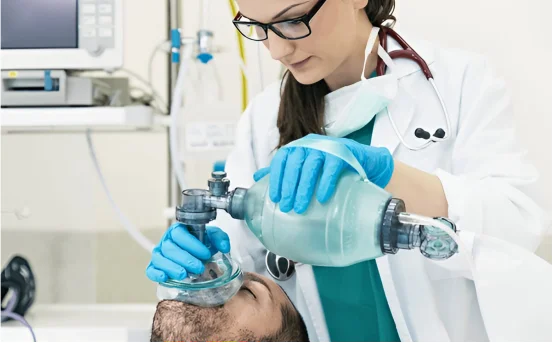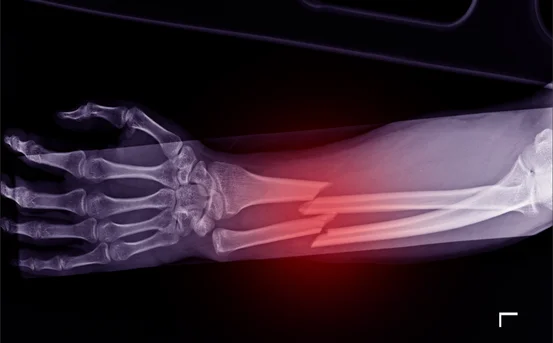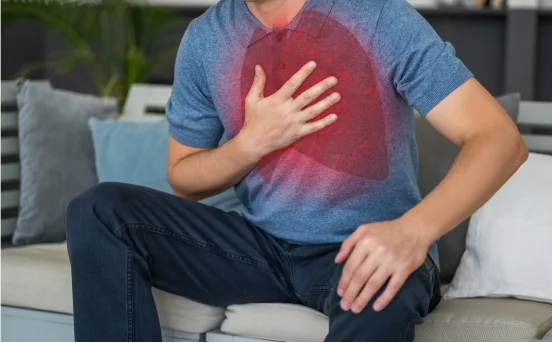Extracorporeal Membrane Oxygenation (ECMO) is a cutting-edge method of life-support for patients suffering from chronic lung or heart disease. When conventional therapies are unable to keep blood flow or oxygen levels, treatment for extracorporeal membrane oxygenation can take over the functions for a short period which allows organs to recover. It is typically utilized in settings of critical care like ICUs. It is typically considered to be an option in the event of life-threatening situations.
Why ECMO is Needed: Medical Conditions It Treats
ECMO is generally utilized when the heart and/or lung aren’t functioning independently. Conditions that necessitate ECMO assistance include:
- Severe Acute Respiratory Distress Syndrome (ARDS)
- Cardiac arrest
- Heart Failure (cardiogenic shock)
- CoviD-19 or severe pneumonia
- Pulmonary embolism
- Support post-operatively after heart or lung surgery
- Sepsis and respiratory failure
The goal of the treatment is to oxygenate the blood in the body and then return it in the patients, providing organs the chance to heal
Types of Treatment for Extracorporeal Membrane Oxygenation
There are two kinds of ECMO that are based on medical conditions:
- Veno-Arterial ECMO (VA-ECMO):
The device is employed for situations where both the heart and lung require support. It draws fluid from veins, and redirects it into an artery.
- Veno-Venous ECMO (VV-ECMO):
Utilized when only the lungs require support. It circulates blood through two veins, avoiding lung to provide oxygenation.
How the ECMO Procedure Works
Step-by-Step Overview:
- Cannulation:
The large cannulas (tubes) are put into major blood vessels, typically in the chest, neck or groin area–under anesthesia or sedation. - Circulation:
The blood is pumped out of the body and into the ECMO machine in which the membrane oxygenator eliminates carbon dioxide and then adds oxygen. - Re-entry:
The oxygenated blood is transferred back to the human body ensuring the supply of oxygen essential organs. - Continuous Monitoring:
Patients with ECMO are monitored continuously by an array of specialists, including nurses, perfusionists, intensivists along with respiratory therapists.
Duration of ECMO Treatment
The duration of time that a patient stays on ECMO is contingent upon their health and the response to treatment. It could be one or two days to a few weeks. Regular assessments will help determine if the patient is ready to be taken of the machines.
Risks and Complications of ECMO Therapy
As with any other invasive medical procedure, ECMO carries certain risks that include:
- Infections (due in part to anticoagulants)
- Infection
- Blood forms clots
- Organ failure
- Brain damage or stroke
- Mechanical failure
These risks are carefully monitored and controlled through the ECMO group to assure the safety of patients.
Who is a Candidate for ECMO?
The ideal ECMO candidates usually:
- Are susceptible to reversible heart or lung problems that can be reversed.
- Aren’t responsive to conventional treatments
- Aren’t suffering from any the end-stage or terminal diseases
- Do not suffer from brain injury or irreparable multi-organ dysfunction.
A multidisciplinary team assesses the eligibility prior to initiating ECMO.
Post-ECMO Recovery and Rehabilitation
Weaning Off ECMO:
After the lungs or heart begin to function normally The doctors gradually reduce ECMO support. If the patient is stable in health, the machine is removed and cannulas removed.
ICU and Step-Down Care:
Patients will continue to recover within the ICU and can be moved to a step-down facility for additional observation.
Rehabilitation:
Recovery typically comprises:
- Physical therapy
- Therapy for respiratory problems
- Support for nutrition
- Psychological counseling
Rehabilitation over the long term may be required in the case of ECMO support as well as the condition that is underlying.
Benefits of ECMO Treatment
- Life-saving assistance for critical situations
- Gives organs the chance to rest and heal.
- Improves survival chances in extreme instances
- Serves as a bridge between the process of recovering or a Transplant (heart/lung)
Latest Advances in ECMO Therapy
Contemporary ECMO systems are smaller, more secure, and easier manage. The latest innovations include:
- Portable ECMO equipment for transport between hospitals
- Better monitoring of anticoagulation
- Artificial intelligence to predict outcomes
- Hybrid systems for ECMO-ventilator support
These innovations have made ECMO therapy more readily available and effective in saving lives.
Conclusion
Extracorporeal Membrane Oxygenation is a revolutionary technology that has transformed the field of critical medical care. Although it’s a complicated and demanding therapy, ECMO offers a lifeline in the event that other treatments fail. When a medical professional has the proper knowledge and assistance, many patients are able to recover and return to their normal lives.
You or someone else you are aware of are considering ECMO you should consult a certified cardiothoracic or critical care expert. Knowing the procedure for Extracorporeal Membrane Oxygenation can assist you in making an informed decision in difficult times.























